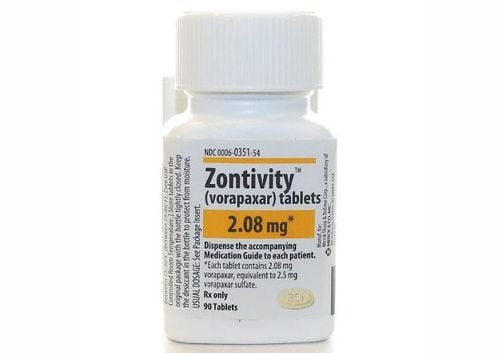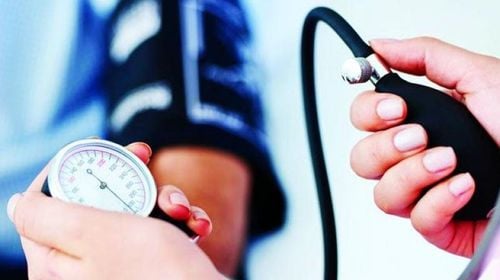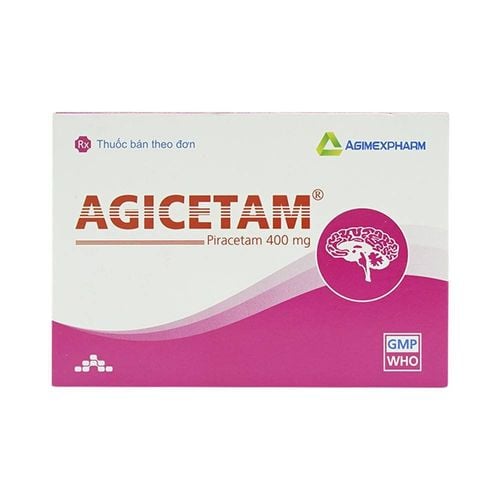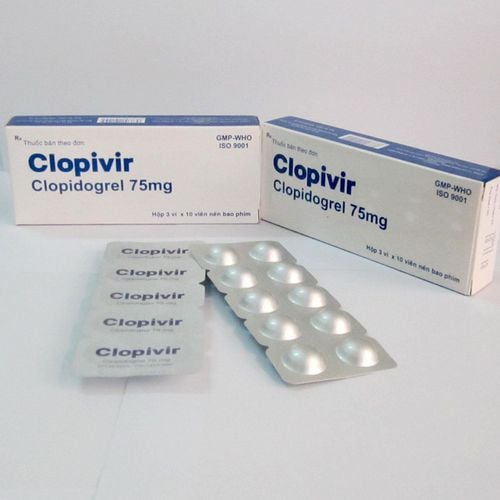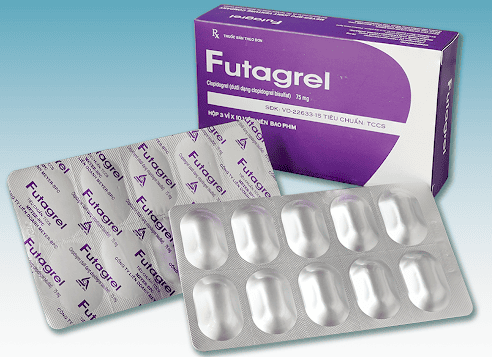This is an automatically translated article.
The article was written by MSc La Thi Thuy - Interventional Cardiologist, Cardiology Center - Vinmec Central Park International General Hospital.Peripheral artery disease is a peripheral vascular occlusion caused by atherosclerotic plaques and thrombus. Those arteries do not include the blood vessels that feed the heart and brain.
1. Diagnosis of peripheral artery disease
In the diagnosis of peripheral artery disease, intermittent claudication with these features and physical examination (eg, palpation of the legs for signs of weak pulse or loss of pulse) are important.
Ankle-brachial index (ABI) testing is also commonly done. This is a simple, painless test that can be done easily by your doctor in just a few minutes. By comparing the blood pressure in your ankle with the blood pressure in your wrist, your doctor can gauge how well blood is flowing in your legs. Normally the blood pressure in the ankle is at least 90% of the blood pressure in the hand, but in severe cases it can be less than 50% of the blood pressure in the hand. If the measurement is abnormal, you may have combined carotid artery disease.
In addition, the doctor may give you some other tests such as:
Doppler ultrasound of blood vessels: This is a non-invasive diagnostic method that uses sound waves to help examine blood vessels and evaluate Measure the flow rate of the circuit to determine the blockage.
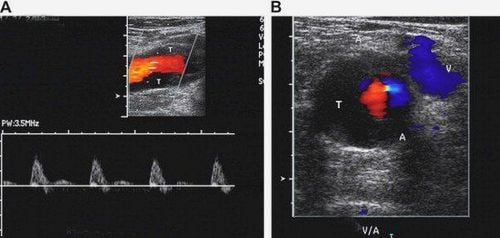
Kỹ thuật siêu âm Doppler mạch máu giúp chẩn đoán bệnh động mạch ngoại biên
Multi-slice computed tomography (MSCT) of blood vessels : This is also a non-invasive exploratory method. The results allow a broad assessment of the arteries suspected of injury, from the abdominal aorta, the iliac arteries to the extremity arteries. This approach is particularly useful in patients with a history of pacemaker or stent placement. Currently, with the multi-slice computed tomography method, the image of vascular lesions is reconstructed very clearly with high accuracy. Magnetic Resonance Imaging: This is a non-invasive method that provides information similar to computed tomography angiography, but without the use of X-rays. However, patients with a history of pacemaker placement cannot apply use this method.
Contrast angiography: In this method, contrast material is injected into the blood vessel and the image of the blood vessel is observed under a fluorescein screen to detect the blockage, the extent of the lesion and the presence or not. of blood vessels bypassing the narrowing (segmental circulation). In addition to the diagnostic value, this method also allows to combine treatment with dilatation or stenting at the lesion site.
2. Treatment of peripheral artery disease
The principles of treatment of peripheral artery disease are to reduce pain and prevent further progression of the disease, such as amputation, angina or stroke. Your doctor will decide which treatment is right for you based on your general condition and severity of the disease.
In most cases, lifestyle changes, exercise, and medication can slow progression or reverse symptoms. With severe ischemic lesions, poor collateral circulation, patients may be considered for treatment with stenting or bypass surgery to avoid amputation complications.

Luyện tập thẻ dục và thay đổi lối sống góp phần điều trị bệnh động mạch ngoại biên cho người bệnh
Exercise
The most effective treatment for peripheral artery disease is regular exercise. Your doctor will help you come up with a suitable exercise program. You can start slowly like walking, doing leg exercises and other exercises 3 to 4 times a week. This remedy can reduce the symptoms of the disease after a few months. Although the effect is slow, it is the basic treatment for all patients with peripheral artery disease.
Exercise in case of claudication symptoms such as walking can cause pain. Therefore, the exercise program consists of alternating walks with rest, then this distance is gradually lengthened and the rest time between those times is also gradually shortened to increase the amount of time you have. walking before the onset of leg pain. It is very beneficial for you to practice and monitor at rehabilitation centers. If you cannot afford to go to the rehabilitation center, ask your doctor to help you create a suitable exercise plan.
Diet
Many patients with peripheral artery disease have elevated blood lipids . Besides medication, a diet low in cholesterol and saturated fat is necessary to help reduce blood fat and limit atherosclerosis.
Quit smoking
Smoking increases the risk of peripheral artery disease, heart attack and stroke. Therefore, quit smoking if you are smoking. It will help slow the progression of peripheral artery disease and other heart-related diseases.
Drug treatment
Your doctor may prescribe medication to lower your blood pressure and/or to regulate your lipids. It is very important to take the medicine exactly as prescribed by your doctor. Taking medications not prescribed by your doctor increases your risk for peripheral artery disease as well as heart attack and sudden death. The drugs cilostazol, pentoinfylin will help you improve walking distance if you have intermittent claudication. These drugs reduce blood viscosity and reduce clot formation, improving flow rate. Antiplatelet agents (Aspirin, clopidogrel) also help prevent thromboembolic events.

Người bệnh động mạch ngoại biên có thể được chỉ định điều trị bằng thuốc
For some patients, besides the above treatments, they need to undergo intervention or surgery. Interventional methods include angioplasty or stenting of the artery, similar to coronary stenting. This is a non-surgical method. The surgeon simply inserts a small catheter through the skin into the artery to remove the clot, then uses a small balloon to inflate the vessel to widen the blockage. A stent (special metal holder) is placed in place of the blockage to limit restenosis.
Patients need to remember that this is not a solution that can solve their entire condition, but only helps to improve the severity of the disease. After stent implantation, the patient needs to be persistent in taking the medication regularly according to the indications and follow the exercise measures and adjust the diet as directed by the doctor.
Surgery
Surgery may be needed in some cases, such as: complete blockage of a long blood vessel and you have symptoms of severe limb ischemia. During surgery, the doctor removes a piece of blood vessel (usually a vein) from another part of the body to bridge the blockage to the blood vessels that feed the limb below the blockage. Similar to after stenting, patients still need to adhere to a good medication regimen and lifestyle changes.
The choice of treatment, medication, arterial stenting or surgery will depend on the extent and nature of your injury. Your doctor will consult and decide which method is best for you.
To learn about peripheral artery disease and what it is, please follow HERE.
Customers can directly go to Vinmec Health system nationwide to visit or contact the hotline here for support.
References source: Mayoclinic.org, Vietnam Society of Cardiology





